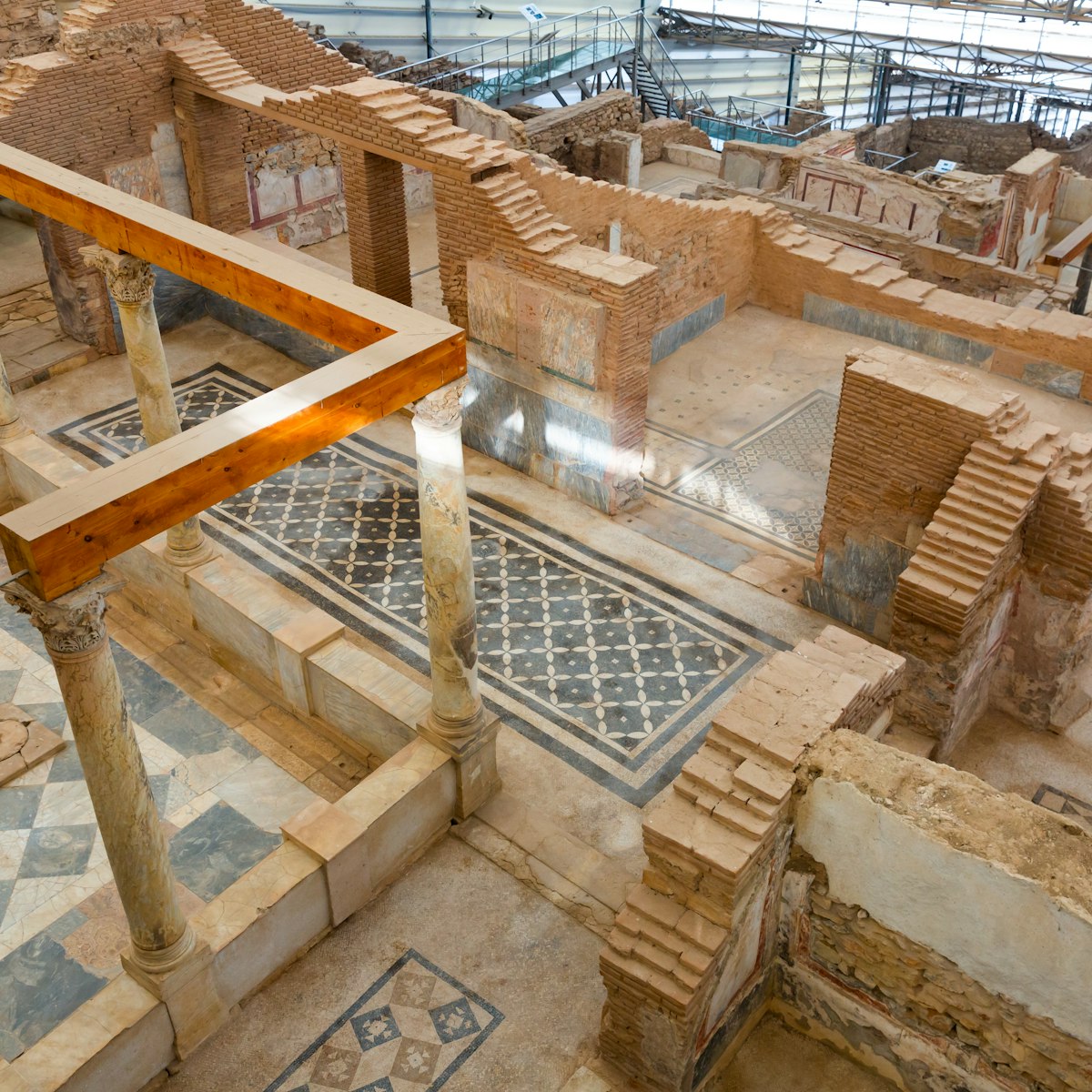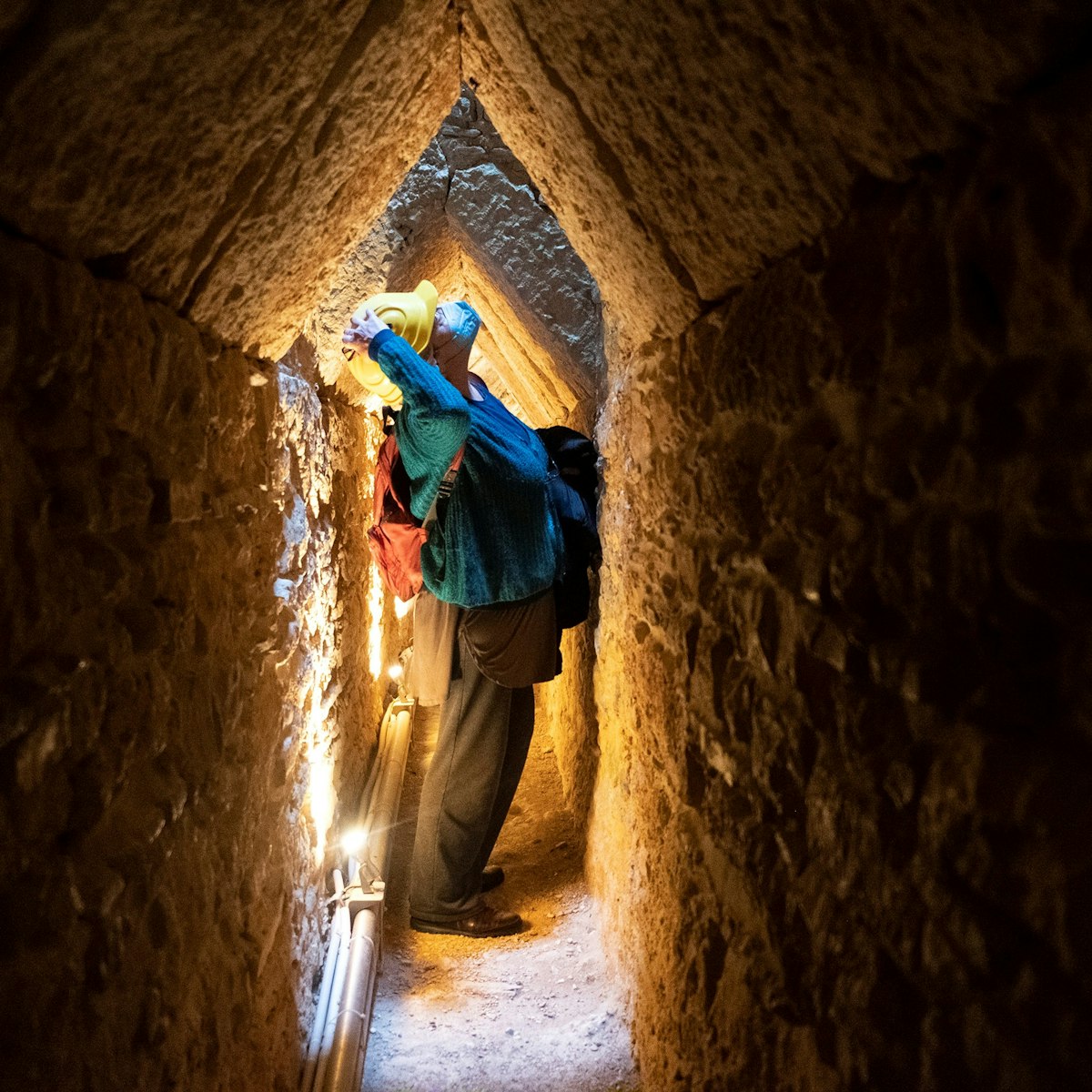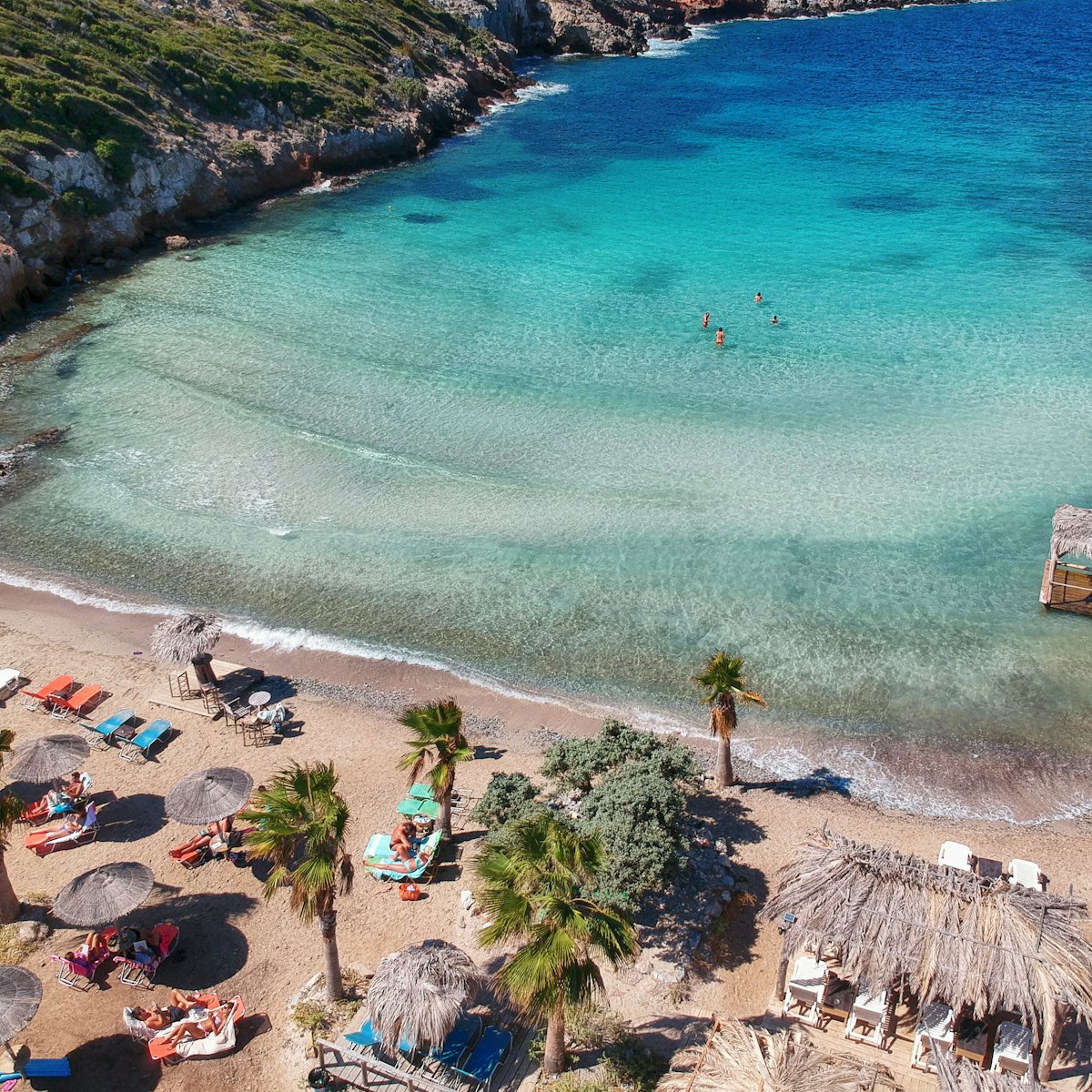Priene enjoys a commanding position just below Mt Mykale, giving it a real natural grandeur. This Greco-Roman site is delightful to explore, with pine trees providing shade while its isolated location deters the crowds. Like Ephesus, Priene was once a sophisticated port city with two harbours. But all that went pear-shaped when the changing course of the BĂĽyĂĽk Menderes River silted them both up. Today it's very peaceful, its elevated position giving stunning vistas across patchwork fields.
Priene was important by 300 BC (when the League of Ionian Cities held congresses and festivals here), peaking between then and 45 BC. Still, it was smaller than nearby Miletus, and the Romans made fewer modifications to its Hellenistic buildings, which has preserved its unique 'Greek' look. By the 2nd century AD, however, the silt had won the battle in this port city once famed for its shipbuilding industry and sailing tradition, and most of the population relocated to Miletus. Amid the rubble, a tiny Greek village called Samson existed until 1923, when the Greeks were expelled and the remaining Turks moved to the neighbouring village of Güllübahçe.
Digging, led by British and German archaeologists, only started here in the late 19th century. Plenty of marble statues and other antiquities ended up in their museums – in some cases, traded by sultans for such things as trains and modern farming equipment.
Beyond the ticket booth (ask for a copy of the free Priene Visitor Information and Tour map), walk along the paved pathway and turn right up the steep stone steps. Note that Priene's streets meet at right angles – a system invented by the Miletus architect Hippodamus (498–408 BC). As at Ephesus, Priene's marble streets also have gouged lines and notches to prevent slipping.
On a high bluff backed by stark mountain and overlooking what was once the sea (see the information panels to comprehend the extent of the silting) stands the ruined Temple of Athena Polias, dating from the 4th century BC. Priene's biggest and most influential structure (it became the model for Ionic architecture), it was designed by Pytheos of Priene, who also designed the Mausoleum of Halicarnassus (now Bodrum). An original inscription, now in the British Museum, states that Alexander the Great funded the temple.
Unlike Hippodamus, whom Aristotle recalled as being rather the free spirit (he never cut his hair and wore the same clothes year-round), Pytheos was a stickler for detail. He saw his Classical Ionian temple design as solving the imperfections he perceived in preceding Doric design. Today's five re-erected columns give some sense of the temple's original look, though many others lie in unruly heaps around it.
Priene's theatre (capacity 6500) is among the best-preserved Hellenistic theatres anywhere. Whistle to test the acoustics, and slip your fingers between the lion's-paw indentations on the finely carved prohedria (marble seats for VIPs) in the front row.
Nearby lie the ruins of a Byzantine basilica from the 5th century AD (note the fine stone pulpit and steps to the apse) and Roman Baths (which were 45m long and had four rooms of differing temperatures). Also see the nearby bouleuterion (city hall), which could seat up to 640 interlocutors; from here a narrow path leads down to the ruined medical centre, the Asclepion (once thought to be a temple to Zeus Olympios). To the west are remains of private houses (some of them with two storeys) and a Hellenistic synagogue; to the south are the gymnasium, stadium and agora.
You can follow the remains of the city wall, once 2.5km long and 6m high with 16 towers, back to the car park via the main East Gate.
There are toilets in the car park and in the village of Güllübahçe below that abut a ruined Byzantine aqueduct.
Dolmuşes run from Söke to Güllübahçe (₺4, 20 minutes) every 20 minutes, stopping 250m from Priene, by the Byzantine aqueduct cafes. They run hourly in winter.





